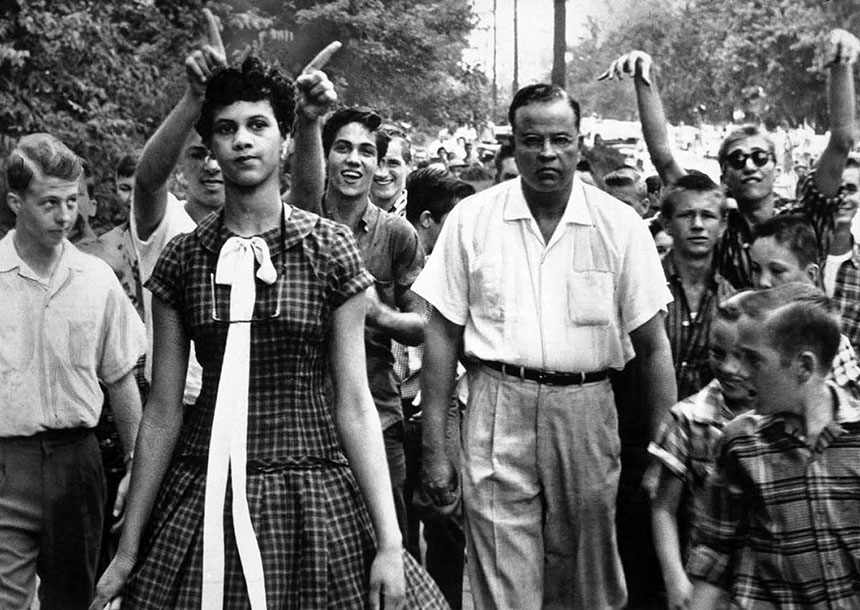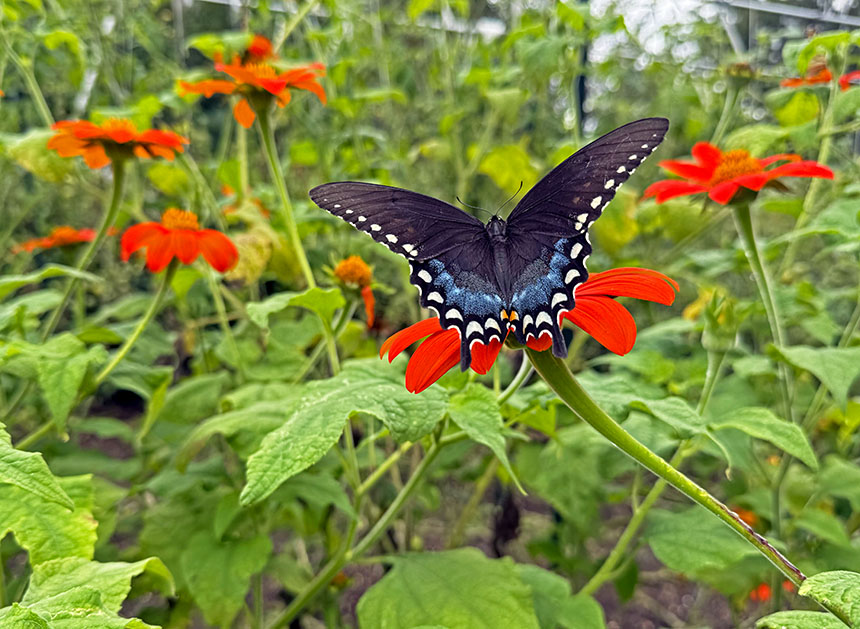
Undergoing radical surgery to get a new cover and a new life. This was a cookbook that had been heavily used, though not very gently.
If you were a book, how would you want to be treated?
If you have a lot of books, as I do, and if you have books that had previous owners, then you will learn a lot about the (sometimes long) lives of books, including things that will make you sad.
When I was in elementary school, we were taught how to treat books kindly. Rules included not turning down corners as bookmarks and not writing inside the books. We were taught how to relax the bindings of new books so that the binding wasn’t damaged. We were often given book jackets for textbooks so that the books would last longer.
I think that there are, though, some things that books don’t mind very much. Some signs of previous owners add charm to the book’s history. Some things, though, reveal that a book has been abused.

Click here for high-resolution version
⬆︎ Abuse by cold-blooded defacement
Einstein’s Unfinished Revolution: The Search for What Lies Beyond the Quantum. Lee Smolin, Penguin, 2019.
I bought this used hardback from an online bookseller because a new hardback was expensive. These pencil and highlighter marks are on pages xviii and xix in the preface. The defacement continues for two more pages, and then stops completely.
This reveals a lot about the previous owner. He or she started the book with an aggressive determination to understand it, then didn’t even make it through the preface! The book was published in 2019, so the previous owner didn’t keep the book very long, either. So the book was orphaned into the used-book market and was sold to me for a humiliating $2.16.
I will write about this book soon. Lee Smolin is one of my favorite physicists.

Click here for high-resolution version
⬆︎ Loved and left behind
Winnie the Poo. A.A. Milne, Dutton, 1961.
This book is a little dog-eared, but it was treated kindly. The book clearly was a Christmas gift to Gabriel in 1971 (see next image). If we assume that Gabriel was six years old, then he would have been born in 1965. There are several Gabriel Behringers in the world, so I can’t be sure (from Googling) who the previous owner might have been. But I hope it was the Gabriel who is now an upper-school English teacher with a master’s from Dartmouth.

Click here for high-resolution version
⬆︎ Merry Christmas, Gabriel
There are no marks in this book other than the book plate and the gift inscription, but there are dark-colored stains on pages 3 through 7. Perhaps Gabriel spilled some chocolate milk?

Click here for high-resolution version
⬆︎ Librarians, fickle friends of books
Shakespeare’s Sonnets. Edited by A.L. Rowse, Harper & Row, 1964.
This book’s first life was in the library of David Lipscomb High School. From Googling, I see that that’s a private prep school in Nashville, Tennessee, affiliated with Lipscomb University and Lipscomb Academy. These are Christian schools!
It’s hard for me to doubt that this book is very happy to be away from a bunch of young Christians and into the hands of an old heathen who actually cares about Shakespeare’s sonnets. The book’s last due date was October 23, 1997.
I wonder why it was removed from the library, since Shakespeare’s sonnets are eternal and the Rowse edition is a classic. Maybe someone complained to the school’s administration that some of those sonnets are very, very naughty?

Click here for high-resolution version
⬆︎ Books, like cats, like a little petting
Henry Thoreau: A Life of the Mind. Robert D. Richardson Jr., University of California Press, 1986.
Many of Ken’s books are mingled with mine, though of course he started a new library after he moved to Scotland. In books that Ken has read, I often find tiny little X’s in the margin, in light pencil. This is how Ken marks his books. I have a somewhat different method that is a little heavier-handed than Ken’s method. If I were a book, I don’t think I’d mind light pencil marks.

Click here for high-resolution version
⬆︎ I plead guilty
Oscar Wilde: A Life. Matthew Sturgis, Knopf, 2021.
When I make notes in books, I prefer to put them in the same place. That’s on the left side of the back guard sheet. I always use light pencil marks so that when the book outlives me a new owner can erase me.

Click here for high-resolution version
⬆︎ How to make sure a book has a long life
Ender’s Game. Orson Scott Card, Tor, 1985.
When a book has become a classic, and the first edition has been signed by the author, you can be sure it will have a long life. Orson Scott Card and I were friends back in the 1980s, but after that our lives went in very different directions. I doubt that he’d give me the time of day now.
His reference to “a true marketplace of ideas” refers to a computer bulletin board that I ran back in the 1980s, Science Fiction Writers Network.
































